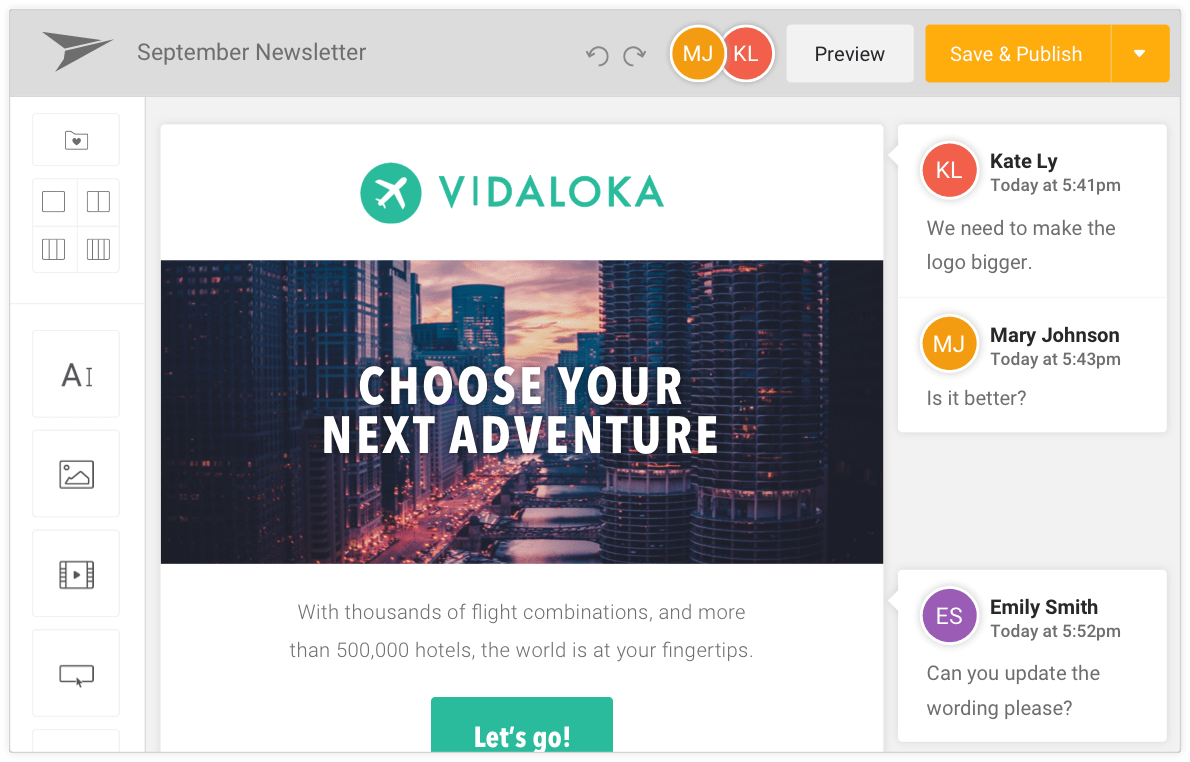Marketing
Lead nurturing: All you need to know about closing leads

Marketing

Many of us know the Glengarry Glen Ross line about sales: “The ABCs of leads—always be closing.” Unfortunately, closing a lead generally requires more than three dramatic words and a very angry Alec Baldwin. How do you get to a place where you’re closing consistently? The answer is simple: lead nurturing.
In this article, we’ll give you the scoop on how lead nurturing works, and tell you about different channels you can use for your own nurturing strategy. Let’s get down to the basics—the ABCs, if you will. And don’t worry, there are no scary chalkboards or Baldwins here.
Lead nurturing is basically what it sounds like: creating and maintaining relationships with consumers at every stage of the purchasing process. Some of your potential leads may be looking to buy your brand’s products and services immediately. Other leads may just be getting into their initial research-gathering phase. No matter where they are in their journey, you should make sure you’re connecting with them authentically and consistently.
In a world built on fast and easy, words like consistent and authentic may seem like hard work. However, successful lead nurturing will help you bring in more business—and foster genuine, positive relationships with your customers. Impersonal, one-size-fits-all-style marketing may sound tempting in the short-term, but it means depriving both you and your consumers of authentic, satisfying connection. As they say, slow and steady wins the race.
In case “not getting fired by the guy from Beetlejuice” isn’t enough of an incentive for you to pursue lead nurturing, here are a few more business-minded reasons why you should try it out.
Let’s be honest: not every lead you encounter will be a good fit for your brand. Additionally, some leads you pursue may respond best to a certain style of relationship and communication… one you may not be very used to. Keep an open mind when it comes to communication, but target potential leads carefully using some of these tips.
In this context, “scoring” a lead doesn’t mean closing a deal. It actually refers to scoring (i.e. grading) a lead. A lead scoring system lets you assess how close any given lead is to actually purchasing your brand’s specific types of goods and services. Many leads end up not being closed due to uncertainty or decision changes on behalf of the buyer, and that’s okay. You simply need to sharpen your focus on the leads that are ready to enter the sales process, and continue comfortable communication with those that are not.
To start scoring, take note of a lead’s demographic characteristics (industry, location, company size, etc.) and behaviors relating to your brand (the number of click-throughs on your emails, form submissions, demo or trial requests, etc.). Assign scored values to each behavior, such as one star for an email click-through and five stars for a free trial request. Then, measure each lead’s total value to gauge which ones you can engage who are actively considering a purchase.
Once you’ve figured out which leads you want to pursue, understand what problems they’re trying to solve with your products and services. How can you solve their problem, and solve it better than anyone else? Where does your brand fit into their needs? Figure out your best qualifications for each lead, and be prepared to sell them on your answers. A generic pitch may entice one or two leads, but a personalized approach impresses everyone.
Maybe one lead is very active on social media. Maybe another prefers email campaigns. No matter where your leads stand, approach them according to their patterns and preferences. Not only is communication much easier when it’s through someone’s preferred channel, but your knowledge (and hopefully mastery) of said channel will communicate to your lead that you both understand their desires and know how to accommodate them. Before you know it, you’ll have converted a new, satisfied consumer.
Before you walk into the sunset with your new customer, you need to successfully establish a positive relationship. There are several channels you can use for lead nurturing, and all of them have their do’s and don’ts. Take a second to review some of these best practices for common lead nurturing channels.
Email marketing… it works for a reason. It’s a quick, reliable way to engage with leads and keep their attention. However, just because you can do a lot with email lead nurturing doesn’t mean you should do everything. Here are some quick tips.
Social media and dynamic website content are also important for attracting and nurturing leads, especially those who are just beginning to gather preliminary information about you. Take note of these do’s and don’ts.
There are all different types of tools you can use to manage your marketing processes and make your life a little easier… just be sure to use them sensibly.
Remember how we said that email marketing works for a reason? Well, you can make it work even better with Mailjet’s Email Editor, an email-building program that allows you and your team to collaborate and design, edit, send, and schedule emails that will appeal to any lead. Mailjet’s advanced email tools also include features like contact segmentation, content personalization, and more. Plus, if you’re looking to measure your email’s impact after the fact, check out our analytics and statistics tools to discover the strengths of each message.

Try our free Email Editor demo and check out our featured offerings and documentation guides to see how you can better communicate with your leads.
We’ve reached the end of our journey. Now, you hopefully know a little more about lead nurturing (communicating with and developing leads) and why it’s so important for any brand’s marketing strategy (better sales and much better relationships).
There are so many channels to use to nurture a lead, and communicating with an interested audience helps you hone your marketing, customer communication, and problem-solving skills. Plus, you’ll be able to recite your ABCs—and convert your leads—with knowledge and confidence.
Social media and dynamic website content